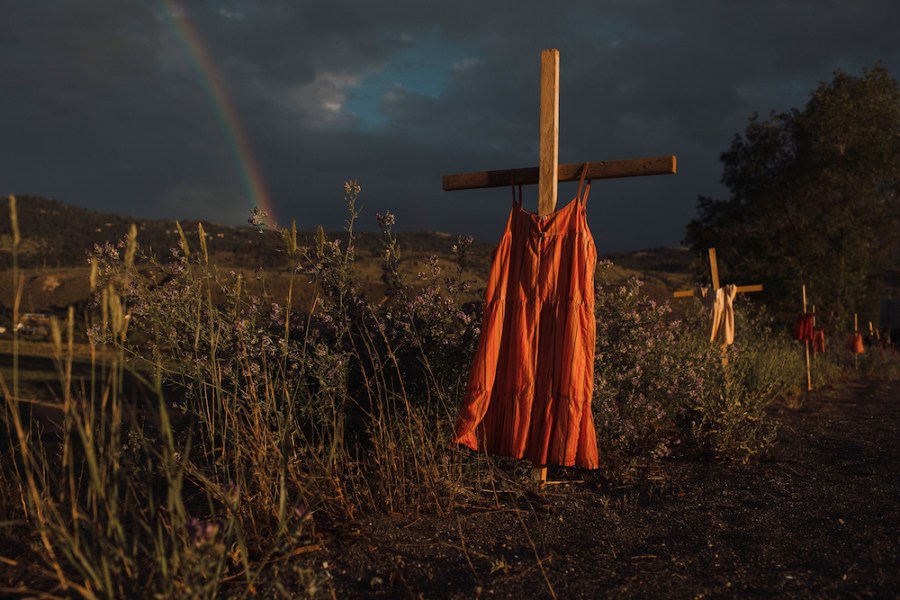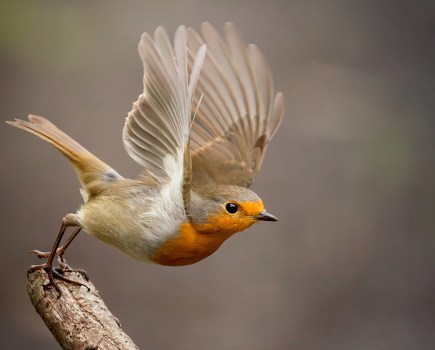The World Press Photo Foundation has revealed the 2022 World Press Photo Contest global winners, with Canadian photographer Amber Bracken winning the World Press Photo of the Year.
The World Press Photo Contest recognises the best photojournalism and documentary photography of the previous year.
This year, the winners were chosen out of 64,823 photographs and open format entries, by 4,066 photographers from 130 countries.
The global jury chair Rena Effendi commented, ‘Together the global winners pay tribute to the past, while inhabiting the present and looking towards the future.’
World Press Photo of the Year
Winner – Kamloops Residential School by Amber Bracken (Canada), for The New York Times
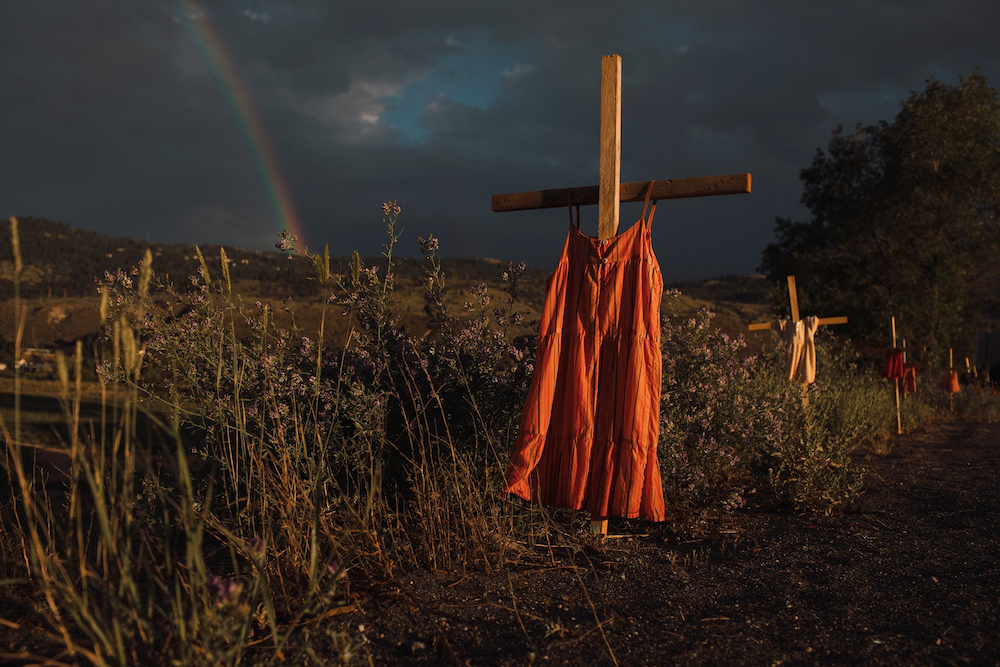
Red dresses hung on crosses along a roadside commemorate children who died at the Kamloops Indian Residential School, an institution created to assimilate Indigenous children, following the detection of as many as 215 unmarked graves, Kamloops, British Columbia, 19 June 2021. 2022 World Press Photo of the Year, Kamloops Residential School by Amber Bracken, Canada, for The New York Times
Residential schools began operating in the 19th century as part of a policy of forcibly assimilating people from various Indigenous communities into Western culture of the European colonists and missionaries.
Upwards of 150,000 students were forcibly removed from their homes and parents, often forbidden to communicate in their own languages, and subject to physical and sometimes sexual abuse.
A Truth and Reconciliation Commission concluded that at least 4,100 students died while at the schools.
The Kamloops School became the largest in the system.
In May 2021, a survey using ground-penetrating radar identified as many as 215 potential juvenile burial sites at Kamloops – confirming reports from oral histories.
Global jury chair Rena Effendi commented about this image: ‘It is a kind of image that sears itself into your memory, it inspires a kind of sensory reaction. I could almost hear the quietness in this photograph, a quiet moment of global reckoning for the history of colonisation, not only in Canada but around the world.’
World Press Photo Story of the Year
Winner – Saving Forests with Fire by Matthew Abbott (Australia), for National Geographic/Panos Pictures

Nawarddeken elder Conrad Maralngurra burns grass to protect the Mamadawerre community from late-season ‘wildfires’, in Mamadawerre, Arnhem Land, Australia, on 3 May 2021. The late-evening fire will die out naturally once the temperature drops and moisture levels rise
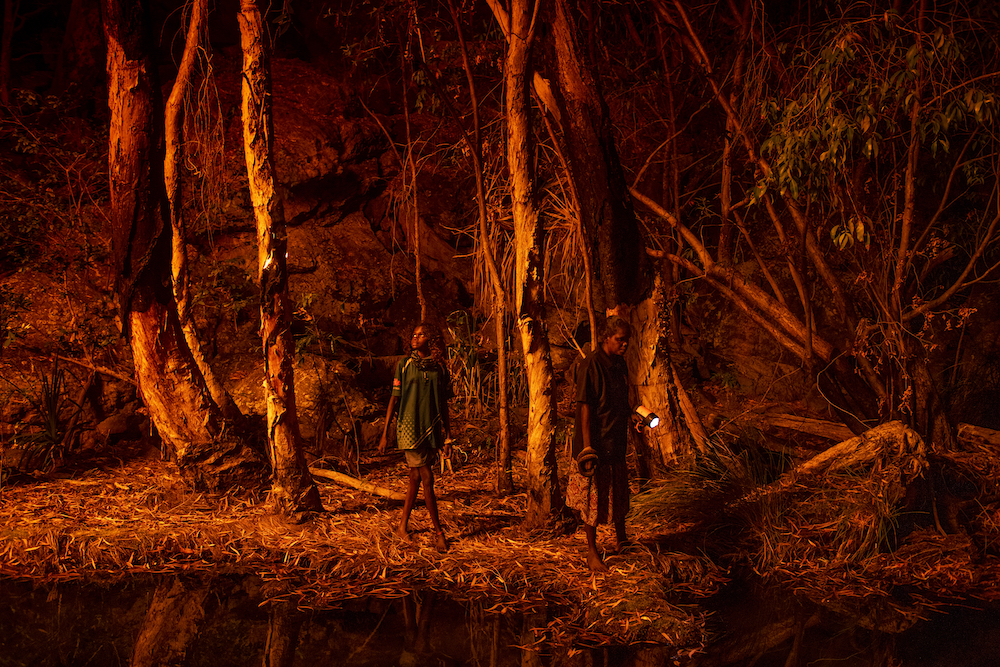
Stacey Lee (11, left) sets the bark of trees alight to produce a natural light source to help hunt for file snakes (Acrochordus arafurae), in Djulkar, Arnhem Land, Australia, on 22 July 2021

A black kite (subspecies Affinis of Milvus migrans) flies above a cool-burn fire lit by hunters earlier in the day, in Mamadawerre, Arnhem Land, Australia, on 2 May 2021. The raptor, also known as a firehawk, is native to Northern and Eastern Australia, and hunts near active fires, snatching up large insects, small mammals, and reptiles as they flee the flames
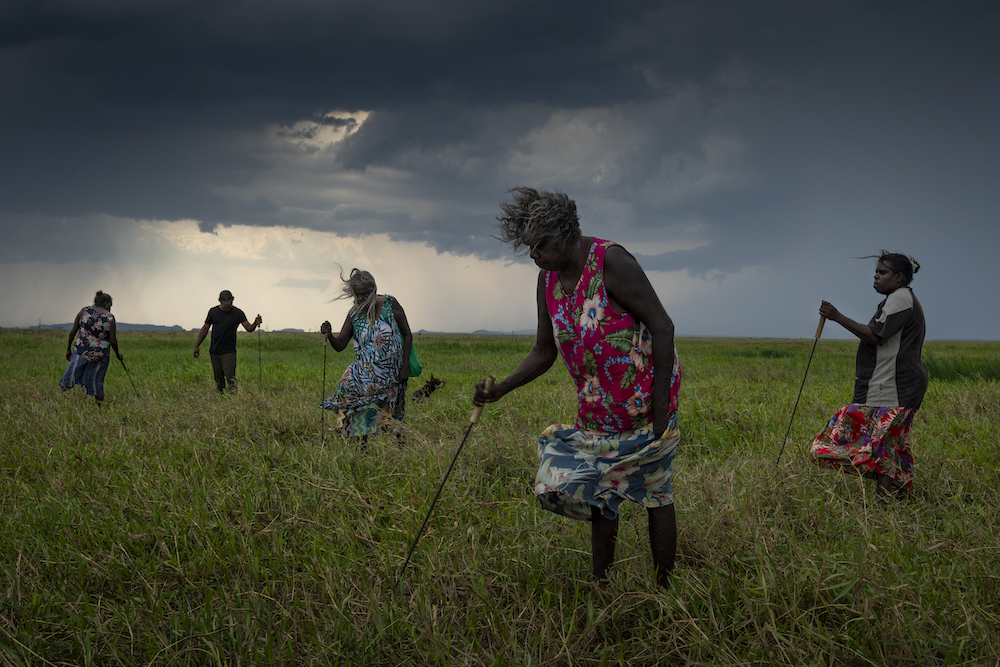
A group of Nawarddeken women elders hunt for turtles with homemade tools on floodplains near Gunbalanya, Arnhem Land, Australia on 31 October 2021. They spent all day finding just two turtles, which are a popular delicacy. Soon the grass will be burned to make the hunt easier
Indigenous Australians strategically burn land in a practice known as cool burning, in which fires move slowly, burn only the undergrowth, and remove the build-up of fuel that feeds bigger blazes.
The Nawarddeken people of West Arnhem Land, Australia, have been practicing controlled cool burns for tens of thousands of years and see fire as a tool to manage their 1.39 million hectare homeland.
Warddeken rangers combine traditional knowledge with contemporary technologies to prevent wildfires, thereby decreasing climate-heating CO2.
Global jury chair Rena Effendi said about this story, ‘It was so well put together that you cannot even think of the images in disparate ways. You look at it as a whole, and it was a seamless narrative.’
World Press Photo Long-Term Project Award
Winner – Amazonian Dystopia by Lalo de Almeida (Brazil), for Folha de São Paulo/Panos Pictures

Women and children from the Pirahã community, standing next to their camp on the banks of the Maici River, watch drivers passing by on the Trans-Amazonian highway hoping to be given snacks or soft drinks, Humaitá, Amazon, Brazil, on 21 September 2016

An aerial view of the construction of the Belo Monte Dam on the Xingu River, Altamira, Pará, Brazil, on 3 September 2013. More than 80% of the river’s water has been diverted from its natural course to build the hydroelectric project. The drastic reduction in water flow has an adverse impact both on the environment and on the livelihoods of traditional communities living downstream of the dam

Members of the Munduruku community line up to board a plane at Altamira Airport, in Pará, Brazil, on 14 June 2013. After protesting at the site of the construction of the Belo Monte Dam on the Xingu River, they traveled to the national capital Brasilia to present their demands to the government. The Munduruku community inhabit the banks of another tributary of the Amazon, the Tapajos River, several hundred kilometres away, where the government has plans to build further hydroelectric projects. Despite pressure from indigenous people, environmentalists and non-governmental organisations, the Belo Monte project was built and completed in 2019

A boy rests on a dead tree trunk in the Xingu River in Paratizão, a community located near the Belo Monte hydroelectric dam, Pará, Brazil, on 28 August 2018. He is surrounded by patches of dead trees, formed after the flooding of the reservoir

Stray dogs stare at meat hanging in a butcher’s shop in Vila da Ressaca, an area previously mined for gold but now almost completely abandoned, in Altamira, Pará, Brazil, on 2 September 2013

A billboard with a message of support to President Bolsonaro stands alongside the Trans-Amazonian Highway, Altamira, Pará, Brazil, on 20 July 2020. It was financed by local farmers. Agribusiness is one of the president’s main pillars of political support

Massive deforestation is evident in Apuí, a municipality along the Trans-Amazonian Highway, southern Amazon, Brazil, on 24 August 2020. Apuí is one of the region’s most deforested municipalities

A member of the Quilombola community – an Afro-Brazilian community consisting of Black Brazilians, some of whom are descendants of enslaved peoples from the African continent – lies passed out drunk on a bench, in Pedras Negras, São Francisco do Guaporé, Rondônia, Brazil, on 29 January 2021. The process of providing land deeds to communities started by former enslaved people was already slow before Jair Bolsonaro’s election. It has now stalled completely, as a result of the president’s resolve not to demarcate further land for such communities in the Amazon
The Amazon rainforest is under great threat, as deforestation, mining, infrastructural development and exploitation of other natural resources gain momentum under President Jair Bolsonaro’s environmentally regressive policies.
Since 2019, devastation of the Brazilian Amazon has been running at its fastest pace in a decade.
An area of extraordinary biodiversity, the Amazon is also home to more than 350 different Indigenous groups.
The exploitation of the Amazon has a number of social impacts, particularly on Indigenous communities who are forced to deal with significant degradation of their environment, as well as their way of life
Global jury chair Rena Effendi commented about this story, ‘This project portrays something that does not just have negative effects on the local community but also globally, as it triggers a chain of reactions on a global level.’
World Press Photo Open Format Award
Winner – Blood is a Seed by Isadora Romero (Ecuador)
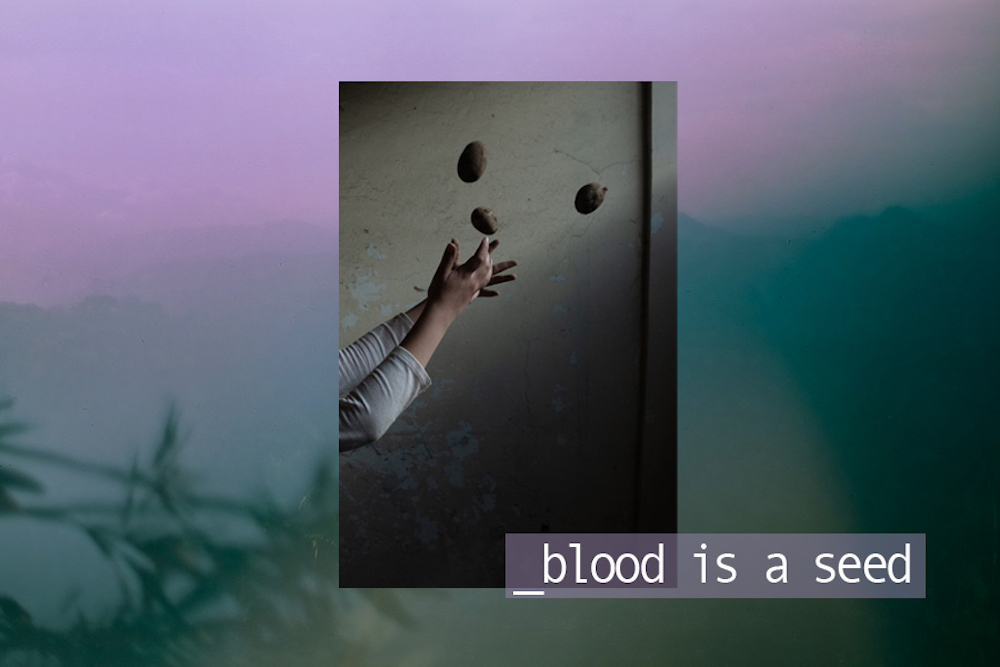
Poster of Blood is a Seed (2021)
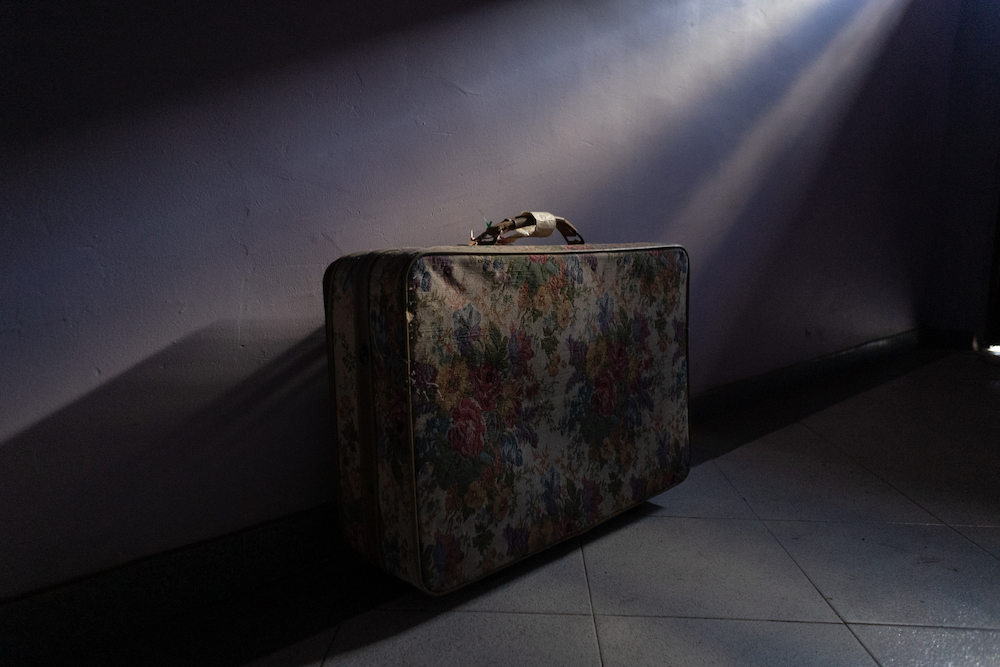
Still from Blood is a Seed (2021)
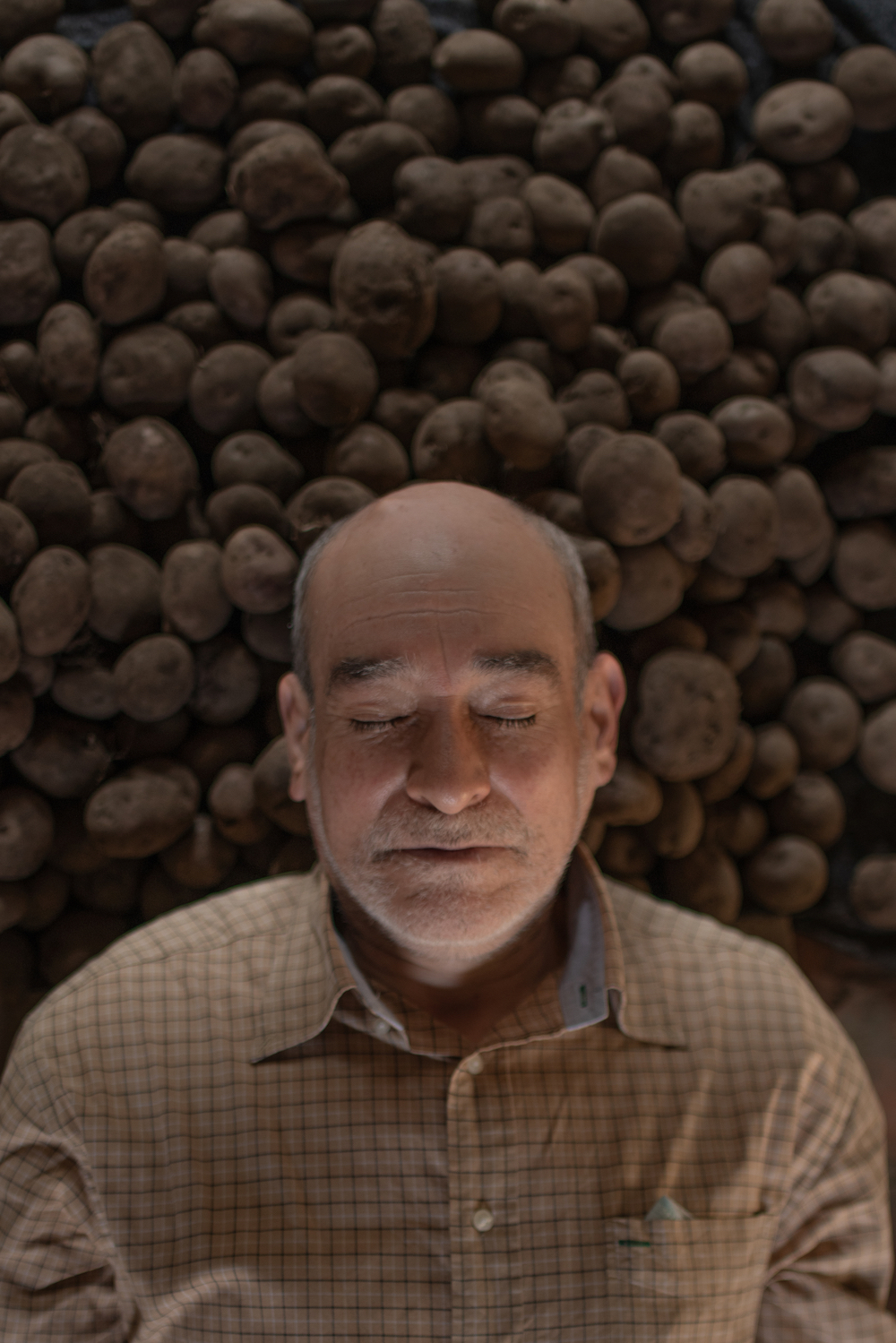
Still from Blood is a Seed (2021)
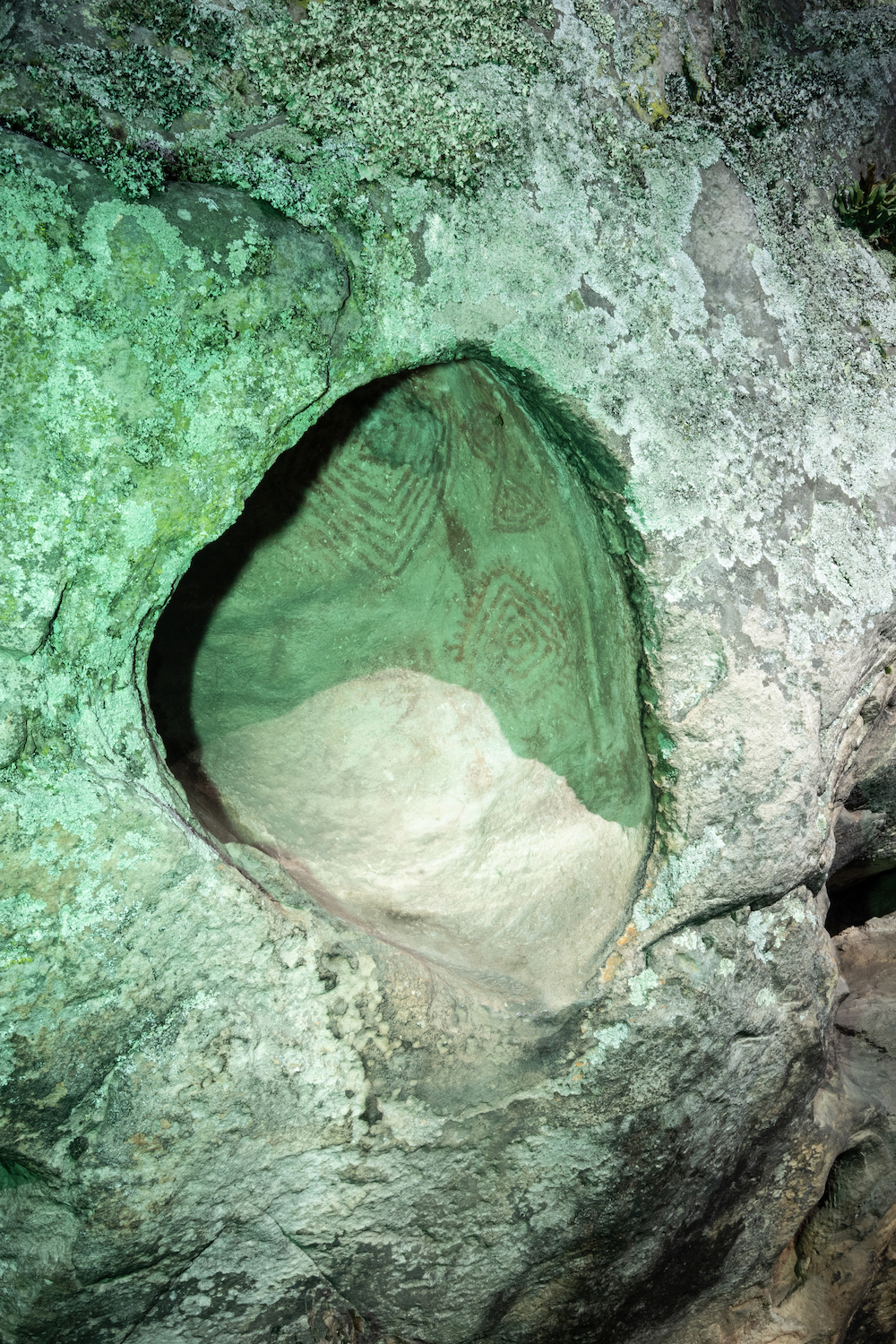
Still from Blood is a Seed (2021)

Still from Blood is a Seed (2021)
Through personal stories, Blood is a Seed (La Sangre Es Una Semilla) questions the disappearance of seeds, forced migration, colonisation, and the subsequent loss of ancestral knowledge.
The video is composed of digital and film photographs, some of which were taken on expired 35mm film and later drawn on by Romero’s father.
In a journey to their ancestral village of Une, Cundinamarca, Colombia, Romero explores forgotten memories of the land and crops and learns about her grandfather and great-grandmother who were ‘seed guardians’ and cultivated several potato varieties, only two of which still mainly exist.
Global jury member (and chair of the North and Central America jury), Clare vander Meersch on this project, ‘There are so many layers to this narrative in terms of her use of audio, video, stills and sequencing.’
World Press Photo Exhibition 2022
The World Press Photo Exhibition 2022 will premiere at the De Nieuwe Kerk venue in Amsterdam, the Netherlands, on 15 April 2022, before starting its global tour.
Upcoming exhibitions are confirmed and added to the World Press Photo calendar throughout the year.
The 2021 exhibition was shown at 66 locations in 29 countries.
World Press Photo Yearbook 2022
The newly redesigned World Press Photo Yearbook 2022 showcases the prize-winning images, stories and productions from the Contest.
The Yearbook contains in-depth essays and a jury report for context and reflection.
The book will be published in six languages and will be available from early May.
Find out more
To find out more about the World Press Photo Awards 2022 just visit the World Press Photo website.
Related articles:
World Press Photo winners 2021 revealed
World Press Photo winners announced
Major photo festival turns back on World Press Photo as winner stripped of prize

